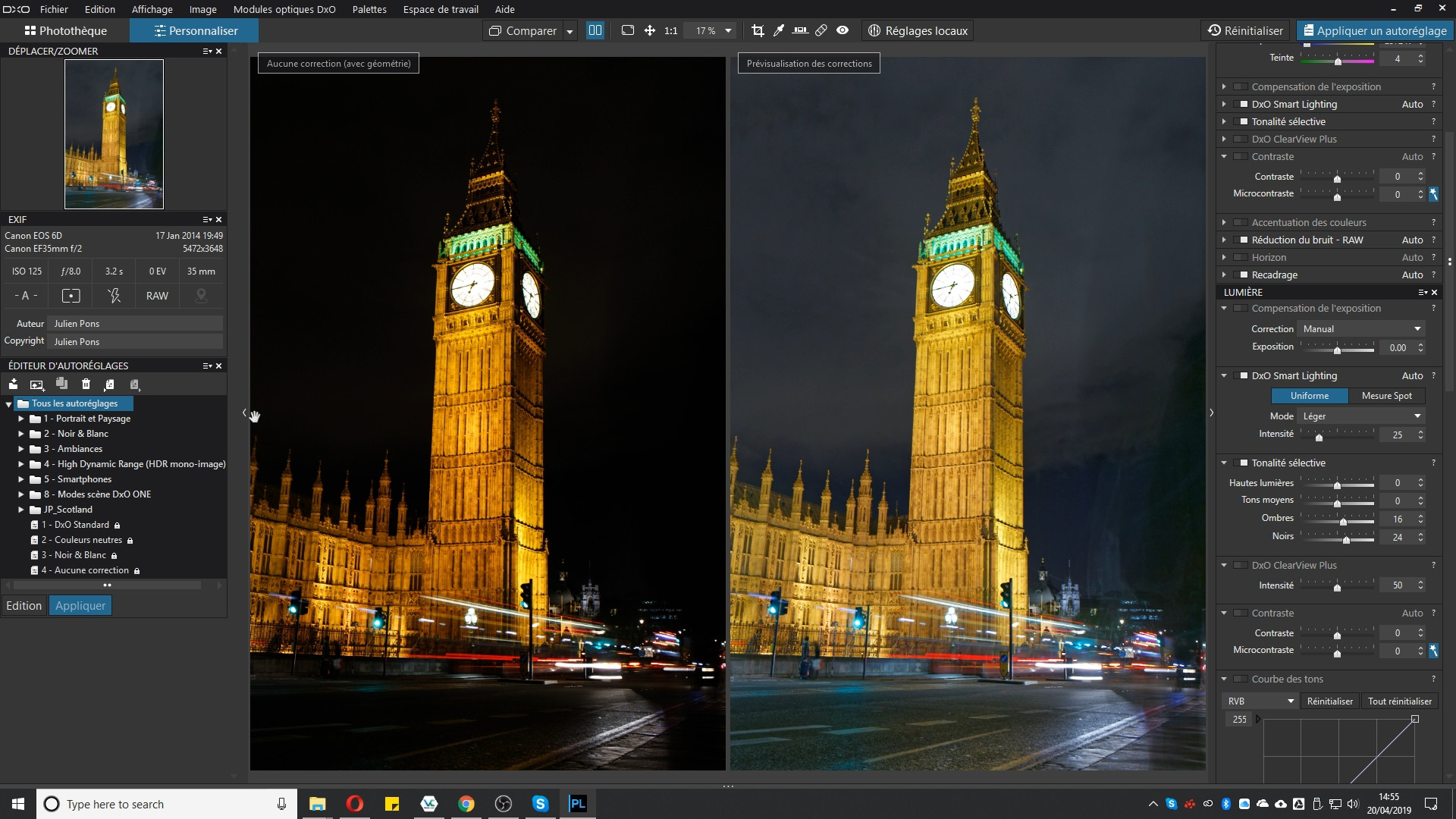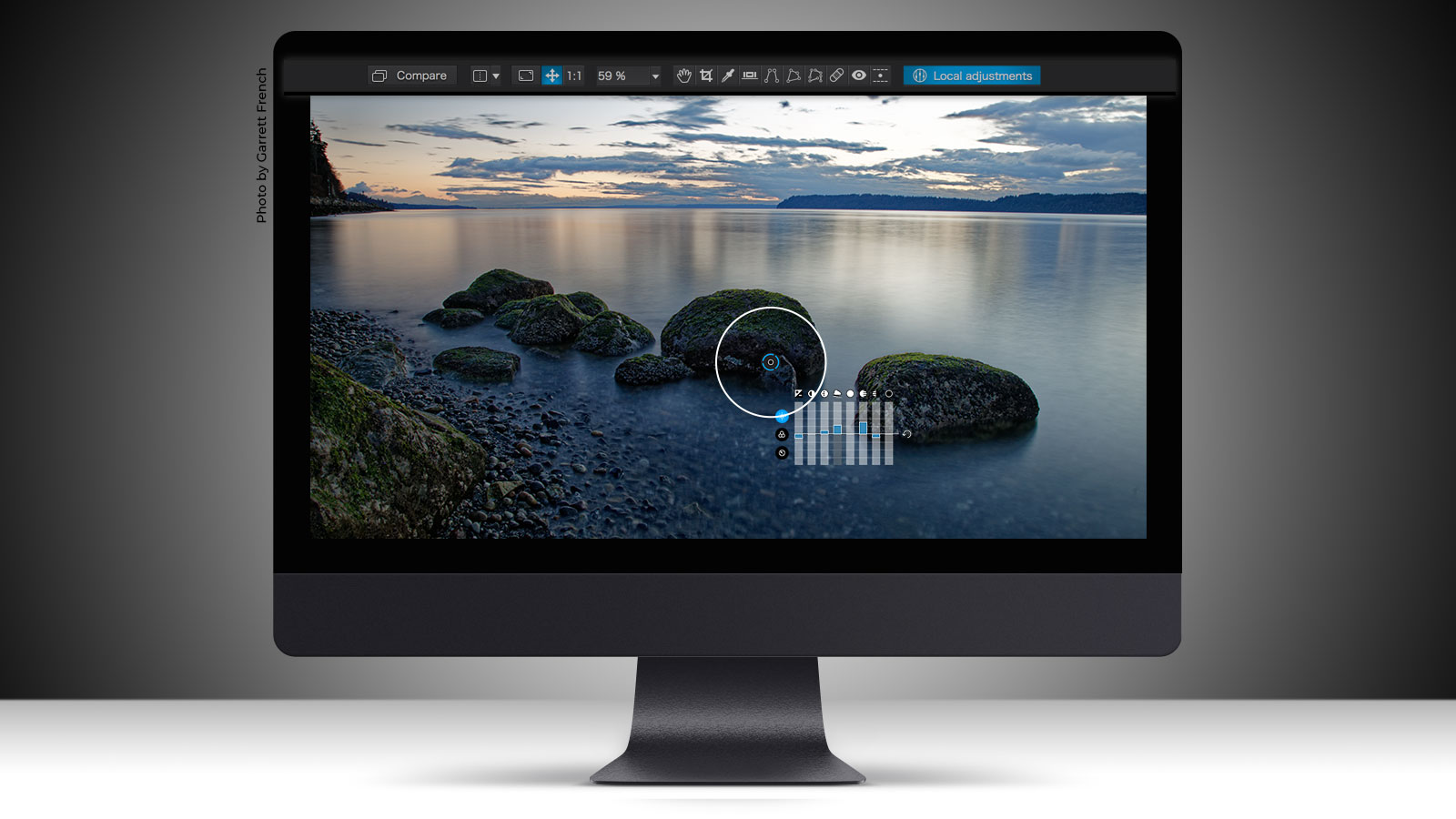

We expect most users will want the Elite Edition, which among other things has the new PRIME 2016 denoising RAW tool, ClearView, anti-moire tool and Presets editor. There is a list on the DxO website highlighting the difference between the two Editions.
#CUSTOMISING DXO PHOTOLAB 2 SOFTWARE#
The Essential edition costs £99 while the Elite Edition is £159. There is a free one month trial to try the software out first. Now, fine quality adjustments are all in one package. These are encouraging steps in the right direction for DxO.ĭxO PhotoLab starts at £99 and is available on the DxO website. Let’s take a closer look.ĭxO PhotoLabs is available in two editions Essential and Elite. You don’t need to go through the hassle of making general RAW edits to an image in the DxO software, only to then reopen it in different software in order to make localised adjustments. It is now possible to make edits to selected areas within an image. So what’s new? Mainly, localised image adjustments. Many will swear by its RAW image editing quality over competitors such as Adobe Lightroom.ĭxO PhotoLab builds on DxO Optics Pro. It’s quite easy and quick to create images with excellent sharpness, low noise and wide tonal range.
#CUSTOMISING DXO PHOTOLAB 2 PRO#
The big selling point of the predecessor DxO Optics Pro is the prowess of its RAW processing engine. It’s a popular editing software among photographers looking to get the best quality possible out of RAW format images. And understand how sharpening is applied.DxO PhotoLab was launched in the last quarter of 2017 and succeeds DxO Optics Pro. So I would suggest yes, be guided by your eyes - but by looking at a print, not the monitor. I’ve shown this to several people, some hardened professionals using LR/ACR every day, who had no idea this function even existed. In LR or ACR I routinely mask (usually to about 90%) when applying sharpening, so that only edges and significant detail are sharpened, this helps a lot with controlling noise in images, and can help avoid edge artefacts. Another issue with PL is that if you use Unsharp Masking, as far as I can tell there is no way of masking the sharpening effect, so it is applied to everything, including noise/grain in smooth areas such as sky.


PL already has very good “lens sharpening” applied in the RAW conversion stage. If you print from another software package, be aware that may also add a sharpening step by default - check and if necessary turn it off. Often if you just leave sharpening settings at default, an A3 print will usually look perfectly sharp. Even at 80% on screen, for most images this would be a huge print, and at 100% my monitor (Dell 1920x1200, 24" screen) is just over 100 pixels per inch, which with an image 4800 px high would equate to a 48 inch high print, much bigger than many people would ever print (at 300 dpi, you would print a 16" high print)… Making an image “look sharp” on screen often translates into an over-sharpened print. With DXO PL, sharpening is only visible at 80% magnification or higher - this is important to know and has been the subject of many questions on this forum over the years. But be aware that sharpening on screen is not an exact representation of how your output will look. Joanna says: “The best guide is your own eyes”


 0 kommentar(er)
0 kommentar(er)
